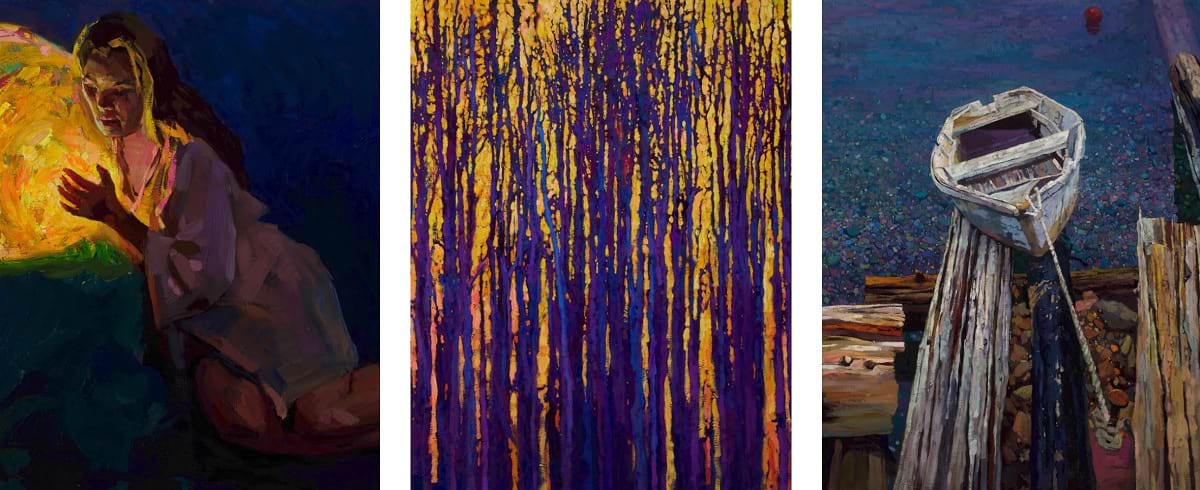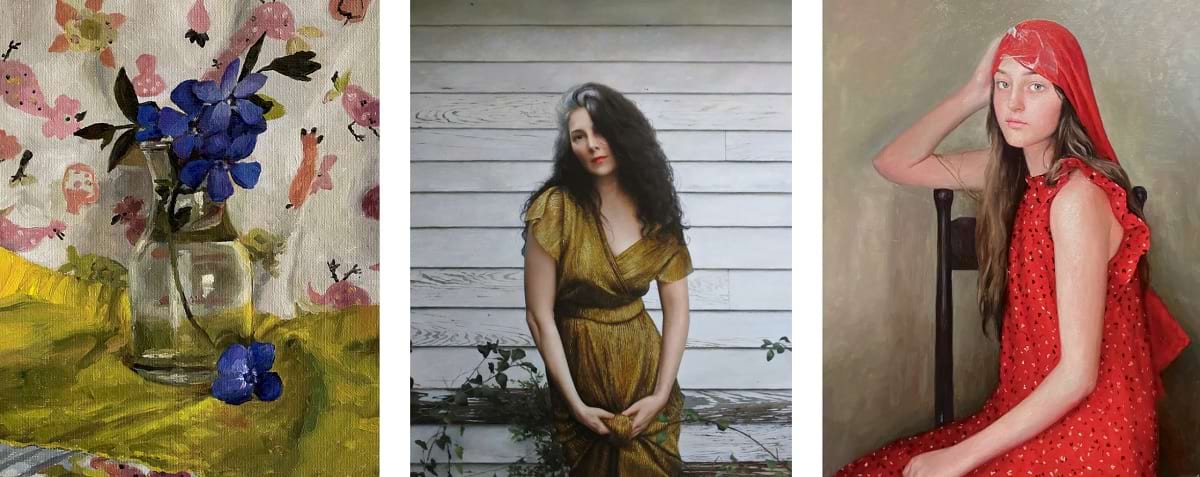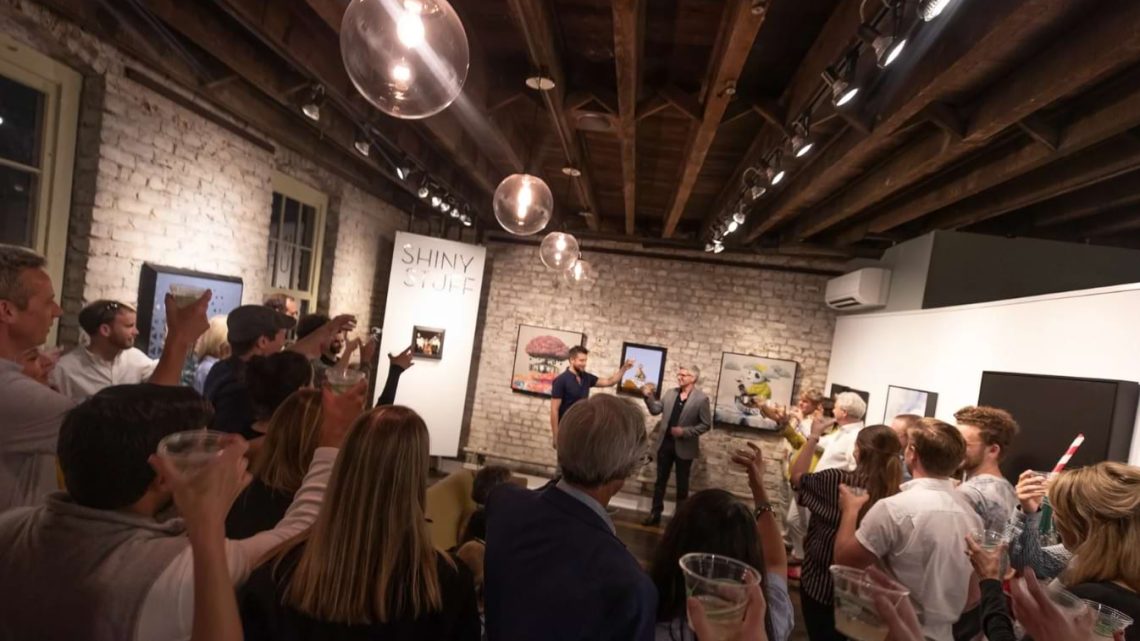What is contemporary art?
May 21, 2024Contemporary art refers to the art of today, produced by artists who are living in the twenty-first century. It provides a platform for addressing issues relevant to contemporary society, offering a diverse array of perspectives and mediums. This art form distinguishes itself by its dynamic nature, continuously evolving in response to the rapidly changing world.
The term contemporary art emerged in the mid-20th century, following the period of modern art. Modern art, which spanned roughly from the 1860s to the 1970s, was characterized by a deliberate departure from traditional styles and techniques, embracing innovation and experimentation. As modernism gave way to postmodernism and beyond, contemporary art began to take shape, marked by its eclecticism and the integration of new technologies and ideas.
Major movements and styles
Contemporary art encompasses a variety of movements and styles, reflecting the complexity and diversity of modern life. Among these, abstract art and minimalism stand out for their emphasis on simplicity and abstraction. Abstract artists, such as Jackson Pollock and Mark Rothko, moved away from representational forms to focus on color, form, and gestural marks. Minimalism, championed by artists like Donald Judd and Agnes Martin, further stripped down art to its essentials, emphasizing clean lines and geometric forms.

Another significant movement is conceptual art, where the idea or concept behind the work takes precedence over traditional aesthetic and material concerns. This movement, with pioneers such as Sol LeWitt and Yoko Ono, challenges conventional notions of what art can be, often using text, instructions, or everyday objects as its medium. Performance art, closely related to conceptual art, involves live actions performed by the artist, emphasizing the artist’s presence and the ephemeral nature of the work. Marina Abramović and Chris Burden are notable figures in this genre.
Techniques and media
Contemporary artists employ a vast range of techniques and media, continually pushing the boundaries of what is possible in art. Traditional techniques in a modern context involve the use of classical methods such as painting, sculpture, and drawing, but often with a contemporary twist. For example, artists like Gerhard Richter and Anselm Kiefer blend traditional painting techniques with new materials and conceptual approaches.
Contemporary media, such as installations, video, and multimedia, play a crucial role in today’s art world. Installations, which can be large-scale and immersive, transform spaces and engage viewers in new ways. Video art, pioneered by artists like Nam June Paik and Bill Viola, uses moving images to explore time, perception, and narrative. Multimedia art incorporates various forms of media, often combining sound, video, and interactive elements to create multifaceted experiences.
Social and cultural significance
The role of contemporary art in society is profound, as it often reflects and critiques current social issues and cultural phenomena. The role of contemporary art in society extends beyond aesthetics; it serves as a mirror to the world, challenging viewers to question and engage with the world around them. Artists like Ai Weiwei and Kara Walker use their work to address topics such as human rights, identity, and history.

Reflecting on current social issues and phenomena, contemporary art provides a platform for marginalized voices and underrepresented communities. Through their work, artists bring attention to critical issues such as racial injustice, environmental concerns, and political corruption. By doing so, they not only raise awareness but also foster dialogue and inspire change.
Controversies and debates
Contemporary art is not without its controversies and debates, often pushing the boundaries of what is considered acceptable or even definable as art. The boundaries of art: What is contemporary art? is a perennial question in the art world. Works that challenge traditional definitions of art, such as Duchamp’s Fountain or Tracey Emin’s My Bed, provoke discussions about originality, value, and the role of the artist.
The ongoing dialogue around artistic value and meaning is another significant aspect of contemporary art. Critics and audiences often debate the merit and significance of contemporary works, questioning whether they are genuine expressions of creativity or mere provocations. This dialogue is essential, as it reflects the dynamic and ever-changing nature of art itself.
Author Profile
Latest entries
 LogisticsJune 28, 2025SkyCell: Revolutionising Pharmaceutical Logistics with the 1500X Hybrid Container
LogisticsJune 28, 2025SkyCell: Revolutionising Pharmaceutical Logistics with the 1500X Hybrid Container TechnologyJune 22, 2025The Strategic Importance of Technical Documentation
TechnologyJune 22, 2025The Strategic Importance of Technical Documentation Home Improvement & DecorApril 29, 2025Guida alla riparazione delle tapparelle: un’arte che ogni casa dovrebbe conoscere
Home Improvement & DecorApril 29, 2025Guida alla riparazione delle tapparelle: un’arte che ogni casa dovrebbe conoscere HomeApril 29, 2025The Advantages of High-Quality Window Profiles
HomeApril 29, 2025The Advantages of High-Quality Window Profiles



